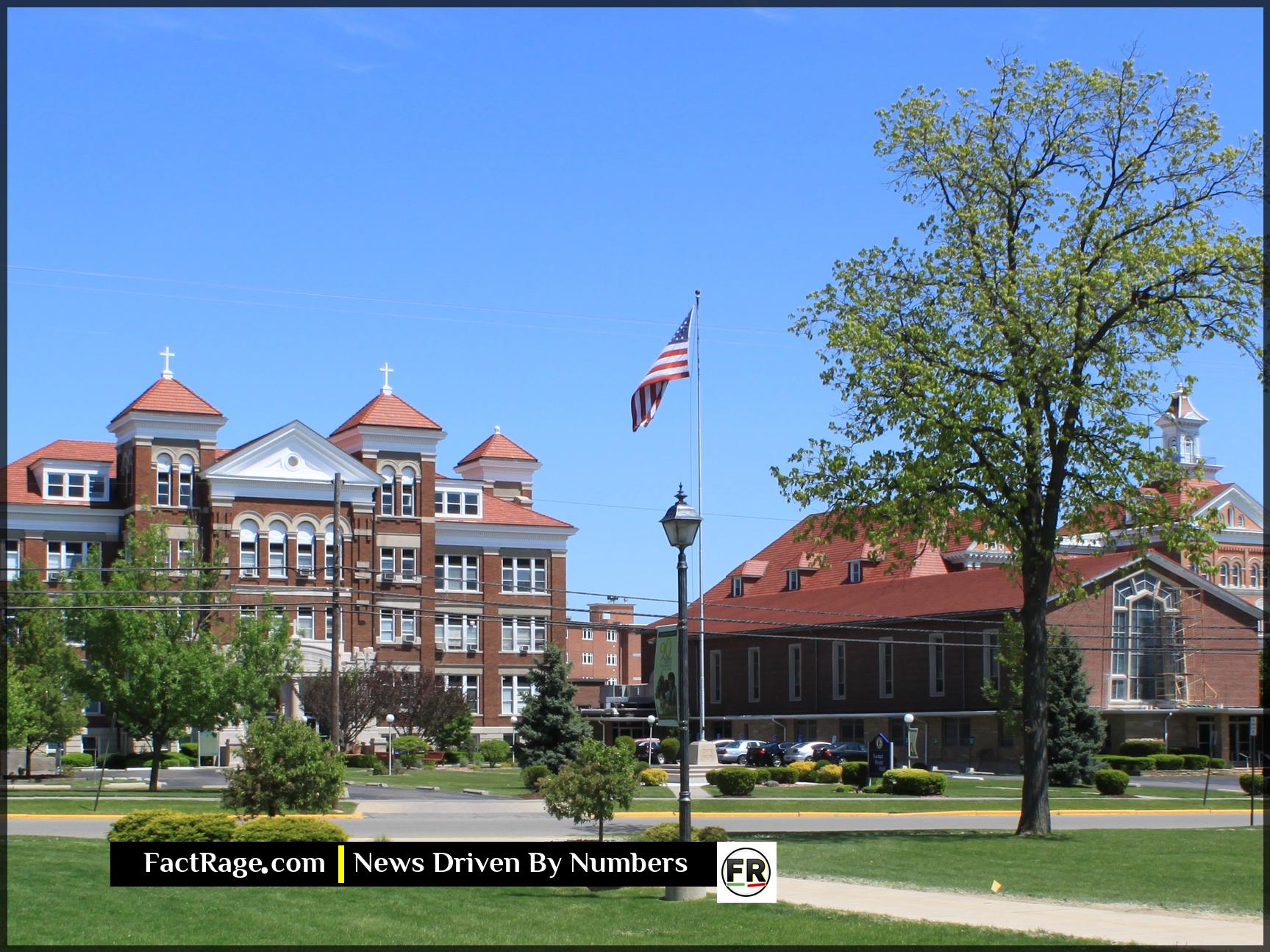ADRIAN, MI – Siena Heights University, a 105-year-old Catholic institution and a cornerstone of this small southern Michigan city, has announced it will cease operations after the 2025-2026 academic year.
- A Century-Long Legacy Ends – Siena Heights will close in 2026, ending 105 years of operation due to declining enrollment and financial strain, according to its Board of Trustees.
- Economic Ripple Effect – The loss of the university, its approximately 1,700 students, and nearly 200 employees poses a significant economic threat to local businesses and the city of Adrian.
- A National Trend Hits Home – The closure is part of a larger pattern of small, private colleges across the U.S. struggling to survive amidst demographic shifts and rising operational costs.
The announcement from the university’s Board of Trustees confirmed what many in higher education have feared for small, tuition-dependent colleges, sending a shockwave not just through the campus, but across the entire community of Adrian. For a city of just over 20,000 people, the loss of its university is more than a headline—it’s a fundamental shift in the town’s economic and cultural landscape.
Why a 105-Year-Old Anchor Reached a Breaking Point

Founded in 1919 by the Adrian Dominican Sisters, Siena Heights University has been a fixture in the community for generations. However, the university’s leadership pointed to insurmountable financial pressures as the reason for the closure. In a public statement, the board cited a confluence of factors: a dramatic decline in enrollment, rising operational costs, and an increasingly competitive higher education market.
The numbers paint a stark picture. According to the university, enrollment in its traditional undergraduate programs on the Adrian campus has fallen by 46% since 2013. This decline mirrors national trends but has a more severe impact on smaller, private institutions that rely heavily on tuition revenue to operate. University officials have confirmed that all current students will have a “teach-out” plan, allowing them to either complete their degrees at Siena Heights before the 2026 closure or transfer to partner institutions with all credits intact.
How the University’s Closure Creates Economic Tremors
In a small town like Adrian, a university is not just an educational institution; it is a major economic engine. The closure means the loss of nearly 200 stable, full-time jobs. It also means the disappearance of over a thousand students who live, work, and spend money in the local economy. This raises urgent questions for the community. What will happen to the local restaurants and coffee shops that depend on student traffic? How will landlords who rent primarily to students and faculty fill their properties?
The impact extends beyond direct spending. The university brought cultural events, athletic competitions, and visiting families to Adrian, all of which contributed to the local economy. The city itself will feel the loss, both in its tax base and in the vibrancy that a student population provides. For many families in Adrian and surrounding Lenawee County, the university was also a symbol of opportunity—a local, accessible path to higher education for first-generation college students.
A Familiar Story Playing Out Across America’s Small Towns
The situation in Adrian is not unique. Siena Heights is the latest in a growing list of small, private colleges across the country to announce closures or mergers. Institutions like The College of Saint Rose in New York, Notre Dame College in Ohio, and Birmingham-Southern College in Alabama have all recently met similar fates.
These colleges are often casualties of what experts call the “demographic cliff”—a significant drop in the number of high school graduates nationwide, which began in recent years and is projected to intensify. Lacking the massive endowments, national brand recognition, and diverse revenue streams of larger universities, these smaller schools are particularly vulnerable. As the pool of prospective students shrinks, the competition for them intensifies, leaving many institutions financially unsustainable. For Adrian, the national trend has now become a local reality, forcing the town to plan for a future without one of its oldest and most vital institutions.














